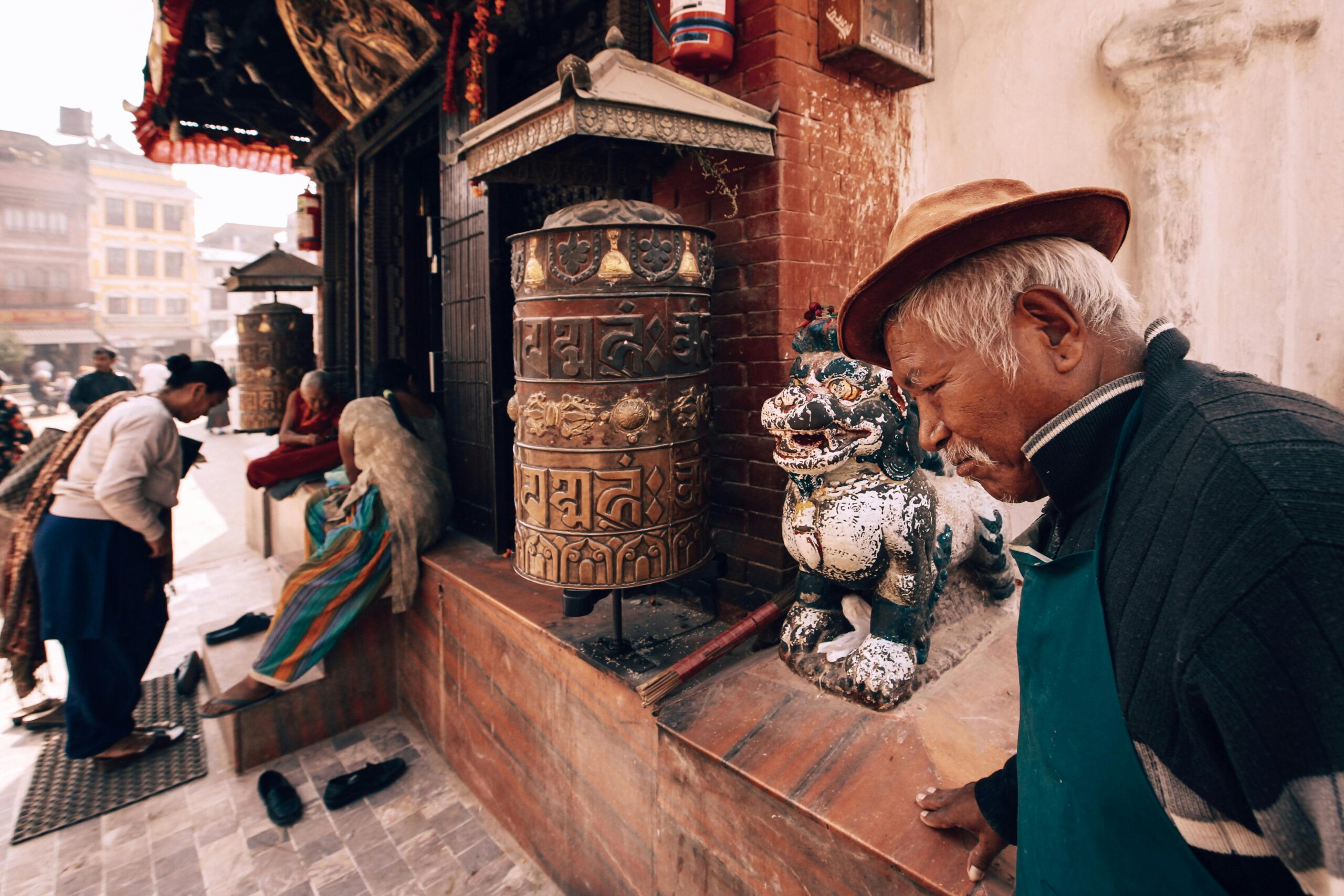Discovering the Soul of Chiang Mai Old City
Nestled in the mountainous embrace of northern Thailand, Chiang Mai Old City is a living tapestry of history, spirituality, and culture. Encircled by ancient moats and crumbling fortress walls, this UNESCO Creative City has preserved its Lanna Kingdom heritage while evolving into a vibrant hub for travelers and locals alike. From its labyrinth of Buddhist temples to bustling night markets brimming with handicrafts and street food, the Old City invites exploration beyond the surface. This article delves into its historical roots, architectural wonders, enduring traditions, and the delicate balance between preservation and modernity. Whether you’re a first-time visitor or a seasoned admirer, prepare to uncover the layers that make Chiang Mai Old City a timeless destination.
The Ancient Roots of a Walled Kingdom
Founded in 1296 by King Mangrai, Chiang Mai Old City was designed as the capital of the Lanna Kingdom, a strategic stronghold against Burmese invasions. The iconic square moat and remnants of fortified walls—originally 6 meters high—symbolize its military past. But beyond defense, the city’s layout reflects Hindu-Buddhist cosmology, with Wat Phra Singh and Wat Chedi Luang acting as spiritual anchors. Archaeologists have uncovered hidden gateways and underground tunnels, hinting at a complex urban plan. Today, these structures aren’t just relics; they anchor community identity, with annual festivals like Songkran reviving ancient rituals along their weathered bricks.
Spiritual Sanctuaries and Architectural Mastery
Chiang Mai’s skyline is punctuated by over 30 temples, each narrating a chapter of Lanna artistry. Wat Phra Singh houses the revered Lion Buddha, a 14th-century statue adorned with gold leaf, while Wat Chedi Luang’s partially ruined stupa—once the tallest in Thailand—showcases intricate stucco carvings of mythical nagas (serpents). Lesser-known gems like Wat Lok Molee feature teakwood prayer halls built without nails. These temples aren’t static museums; monks still chant daily, and locals leave offerings of marigolds and incense. The blend of Burmese, Sri Lankan, and Tai Yuan influences in their design reveals the region’s role as a cultural crossroads.
Markets, Crafts, and the Rhythm of Daily Life
As dusk falls, the Old City transforms. Warorot Market buzzes with vendors selling khanom jin (fermented rice noodles) and handwoven cotton, while Sunday Walking Street becomes a kaleidoscope of hill tribe embroidery and bamboo musical instruments. Key elements of this ecosystem include:
- Artisan Workshops: Families in tucked-away alleys craft silverware and saa paper using centuries-old techniques.
- Street Food Culture: Dishes like khao soi (coconut curry noodles) and sai ua (herb-packed sausages) trace their recipes to royal kitchens.
- Community Rituals: Morning alms rounds, where saffron-robed monks collect food from residents, sustain Theravada Buddhist traditions.
These interactions create a rhythm that’s both timeless and adaptive.
Preserving the Past in a Changing World
Modern pressures—from tourism to urbanization—threaten Chiang Mai’s heritage. Luxury hotels now border ancient sites, and traffic strains the crumbling walls. Yet grassroots efforts thrive. Organizations like the Lanna Architectural Conservation Center train locals in traditional masonry, while strict zoning laws protect temple sightlines. The challenge lies in balancing progress with authenticity: Can electric tuk-tuks coexist with oxcart parades? How do you digitize oral histories without losing their essence? The Old City’s resilience lies in its community, where monks, artisans, and activists collaborate to ensure its soul survives the 21st century.
Conclusion: A Living Legacy
Chiang Mai Old City is more than a tourist destination—it’s a dialogue between past and present. Its walls, temples, and markets are not frozen in time but evolve through the hands of those who cherish their legacy. From the spiritual hum of morning chants to the laughter echoing through night markets, the city thrives on continuity. Yet its future hinges on mindful stewardship, where development honors heritage rather than erasing it. As you walk its streets, remember: every brick, bowl of curry, and folded lotus flower tells a story. The question is, how will the next chapter be written?
